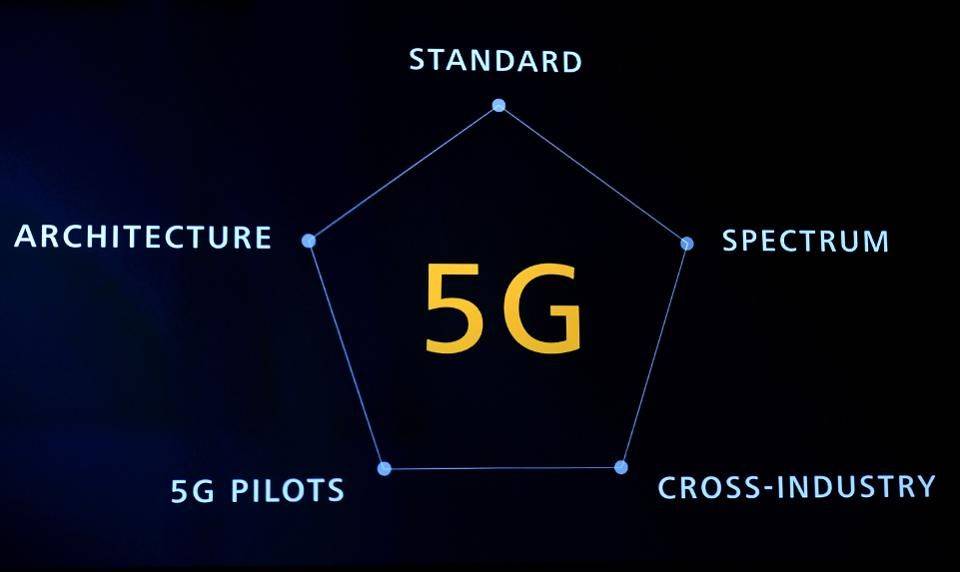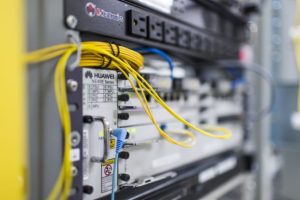Admittedly, 2019 was not an easy year for Huawei. The U.S. had ragged a trade war with the technology giant that threatened to tore the company down. Despite this hostile environment, Huawei’s sales revenue for the year 2019 were pretty impressive.
The company’s global sales revenue in 2019 rounded off at KES 12.1 Trillion ($121 Bn), up 19.1% from 2018; its net profit reached KES 880 Billion ($8.8 Bn) and its cash flow from operating activities topped KES 1.29 Trillion ($12.9 Bn), up 22.4% year-on-year.
“2019 was an extraordinary year for Huawei,” said Eric Xu, Huawei’s Rotating Chairman. “Despite enormous outside pressure, our team forged ahead with a singular focus on creating value for our customers. We worked hard to earn their respect and trust, as well as that of our partners around the globe. Business remains solid,” he added.
As part of a long-term, ongoing investment in technological innovation and research, Huawei invested 15.3% of its 2019 revenue back into R&D. Its total R&D spend over the past decade now exceeds KES 8.47 Trillion ($84.7 Bn).
Huawei Consumer Business
Huawei’s consumer business continues to see robust growth, with a total of 240 million smartphones shipped throughout 2019.
“2019 was an extraordinary year for Huawei,” said Eric Xu, Huawei’s Rotating Chairman.
The company reports further progress in developing the Seamless AI Life ecosystem across all scenarios and devices, including personal computers, tablets, wearables, and smart screens. In 2019, sales revenue from Huawei’s consumer business reached KES 6.59 Trillion ($65.9 Bn), up 34% year-on-year.
Huawei 5G


Image Courtesy Huawei
In 2019, Huawei’s carrier business led the commercial rollout of 5G networks. To further commercial adoption and promote new innovation in 5G applications, the company established 5G joint innovation centres together with carriers worldwide, including Kenya’s Safaricom.
Huawei’s RuralStar base station solutions can effectively address coverage problems in remote areas. These solutions are being used in over 50 countries and regions, bringing mobile Internet to more than 40 million people living in remote areas.
Huawei Enterprise
Globally, more than 700 cities and 228 Fortune 500 companies have Huawei as their digital transformation partner.
In 2019, Huawei announced its computing strategy with the aim of cultivating fertile soil for the intelligent world to flourish. As part of this strategy, the company launched the world’s fastest AI processor, the Ascend 910, and the AI training cluster Atlas 900.


Image Courtesy Huawei
“The external environment will only get more complicated going forward,” Xu cautioned.
“We need to keep enhancing the competitiveness of our products and services, promoting open innovation, and creating greater value for our customers and society at large. This is the only way we can seize the historic opportunities presented by the digital and intelligent transformation of industries, and maintain robust growth in the long run.”
DISCLAIMER: This article is a sponsored article and does not substitute for professional advice or help. Any action you take upon the information presented in this article is strictly at your own risk and responsibility.






Comments